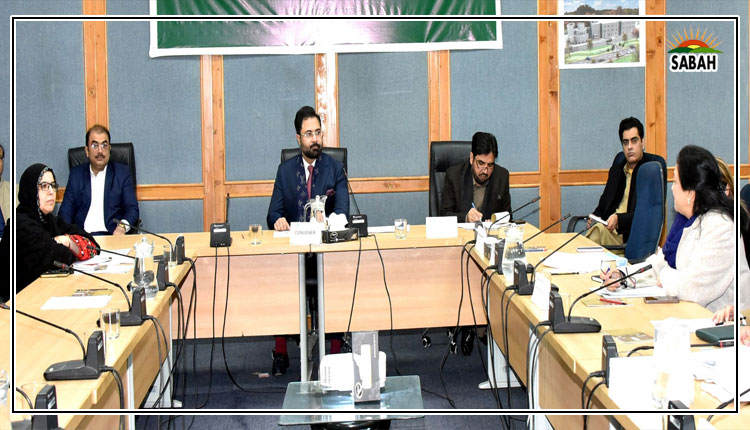Beyond the walls: women and the public spaces … Mansoor Raza
Beyond the confines of the four walls of the home, women are fiercely reclaiming the City. This is evident in their increasing presence at bus stops on Shahrah-e-Faisal, Karachi, their patronage of eateries in shopping centres, their utilisation of women-only contract carriages for safe travel across the city and their active engagement in educational institutions and places of livelihood.
In a world where public spaces are often designed for men, women face a daily gauntlet of obstacles: harassment, inadequate infrastructure and cultural barriers. A public space is defined as a location that is open and accessible to everyone, and where many social interactions take place. Public spaces are a social construct, shaped by human interaction and interpretation, and reflect the values, beliefs and priorities of the dominant groups. And this isn’t just about physical access; it’s about agency, about women shaping the urban landscape on their own terms.
In Karachi, the fight for public spaces by women is particularly acute. Poor lighting, a dearth of public restrooms and a chilling lack of security cast long shadows over women’s experiences. These are deliberate barriers designed to keep women confined, as public spaces are designed to satiate the appetite of the dominant groups.
But the tide is turning. Middle-class women, armed with education, economic independence, social capital and the power of collective action, are leading the charge. Their higher education has empowered them to challenge traditional gender roles and demand equal access to public life. Financial independence has eroded away the reliance on male family members, allowing women to pursue their own goals, including utilising public spaces freely.
Furthermore, access to supportive social networks provides a platform for sharing experiences, organising protests and advocating for policy changes. Exposure to diverse cultures and ideologies through travel and media broadens their worldview and fuels progressive thinking. Finally, facing gender discrimination firsthand fuels their determination to advocate for women’s rights and create inclusive public spaces. However, it’s crucial to recognise that the experiences of working-class and marginalised women are equally crucial, and their voices must be amplified. These women face a unique set of challenges, including poverty, lack of access to education and limited social mobility. Their struggles must be central to any effort to create truly inclusive public spaces.
The market too plays a role. As women enter the workforce in droves, the demand for accessible public transportation, safe commercial spaces and family-friendly amenities grows. This increased demand incentivises businesses and governments to invest in infrastructure and services that cater to women’s needs. But market forces alone are not enough. Deep-rooted societal norms and systemic inequalities continue to limit women’s freedom of movement. Patriarchy often dictates women’s roles and restricts their access to public spaces. Moreover, economic inequalities further marginalise women, limiting their access to resources and opportunities.
The solution? A multi-pronged approach. Investment in robust public infrastructure, including well-lit streets, safe public transportation and accessible restrooms. Enhancing security measures is crucial to deterring harassment and violence. Perhaps most importantly, the malignant gender norms that underpin these inequalities need to be challenged. This requires a multifaceted approach, including public awareness campaigns, educational programmes and an active engagement of civil society, media houses, government institutions and academia.
By creating a society where women truly feel safe, empowered and free to thrive, one can build a more equitable, inclusive and just society for all.
Courtesy












